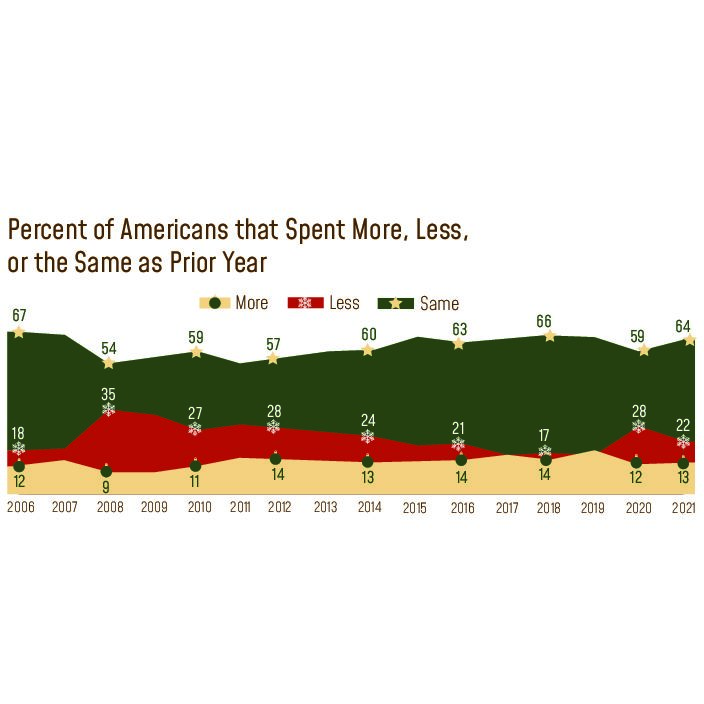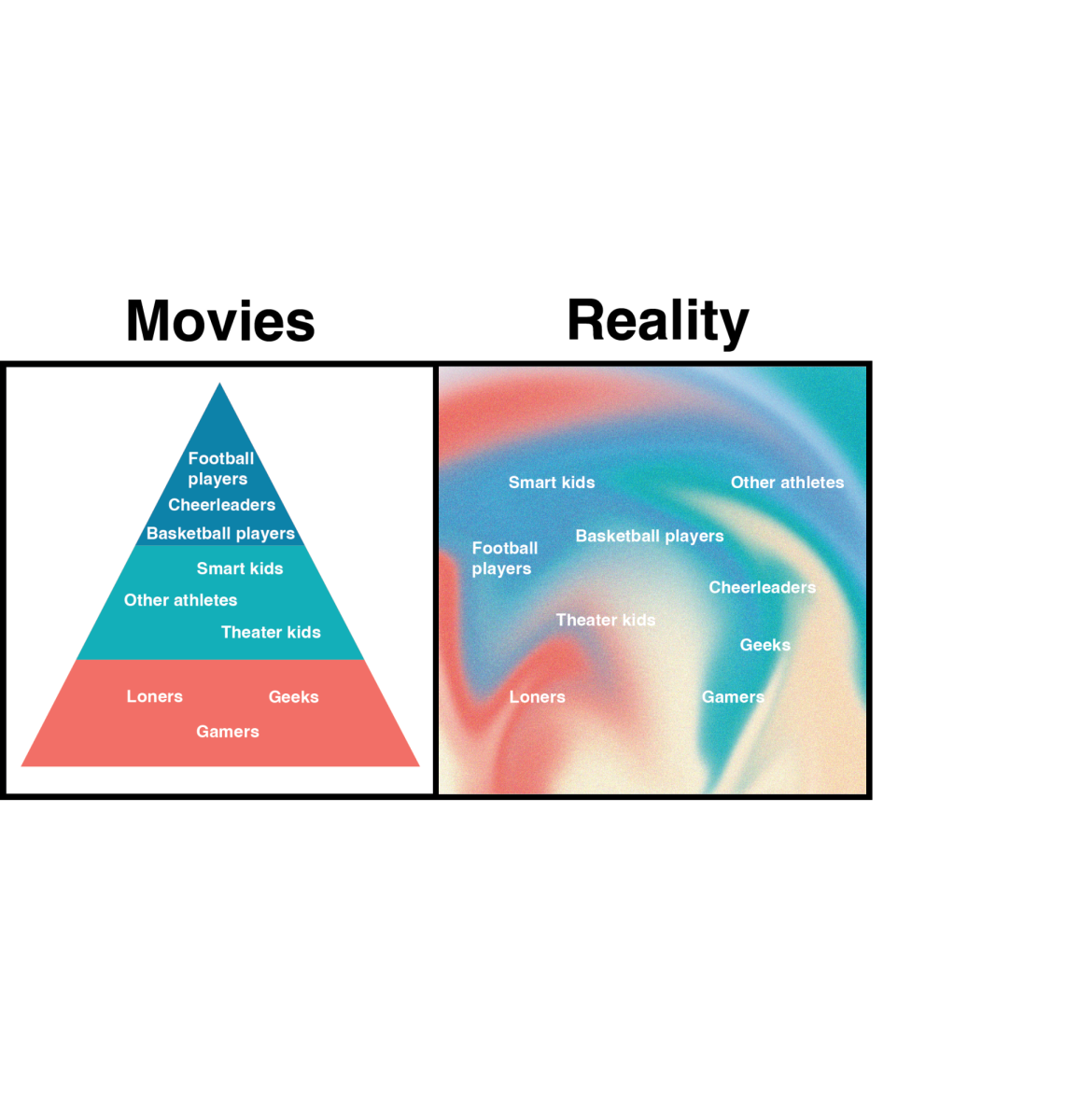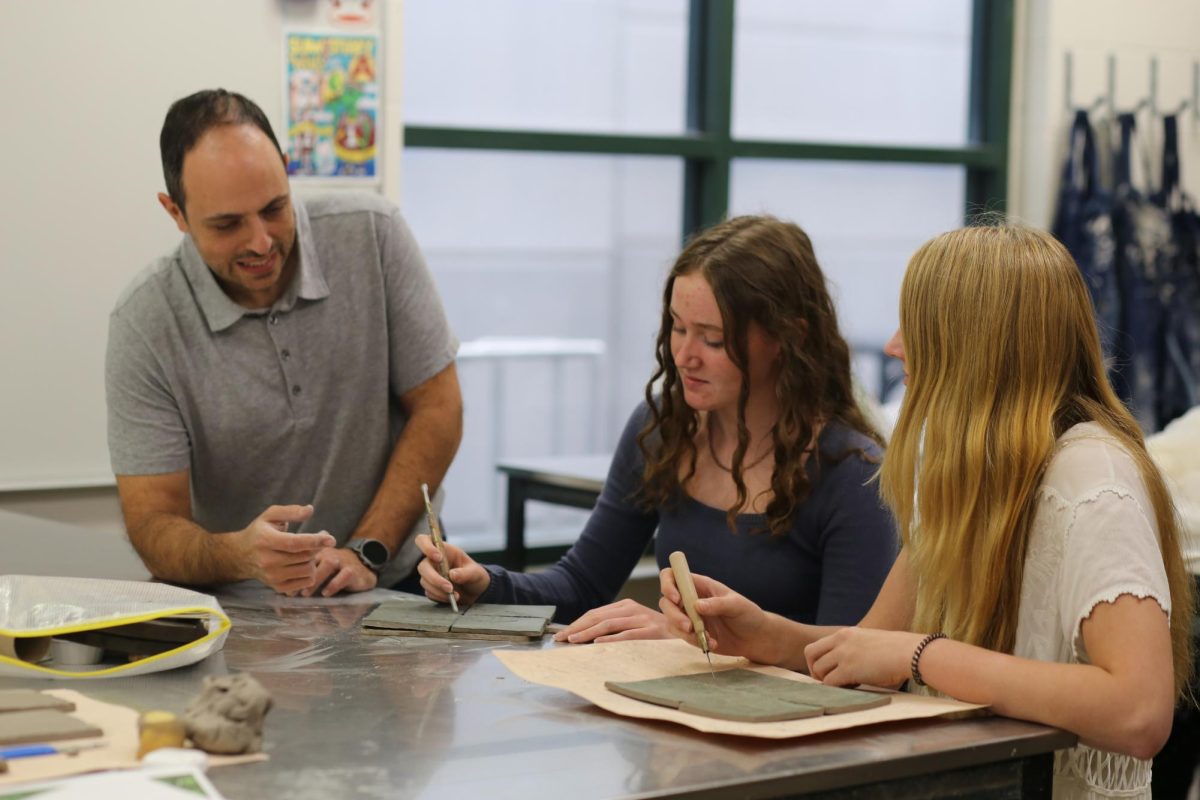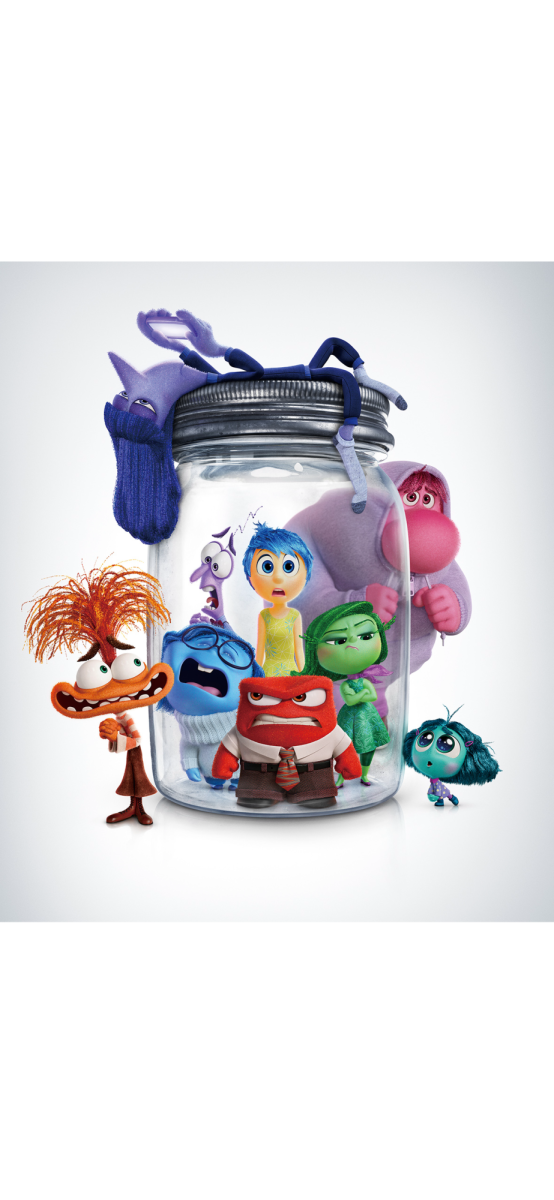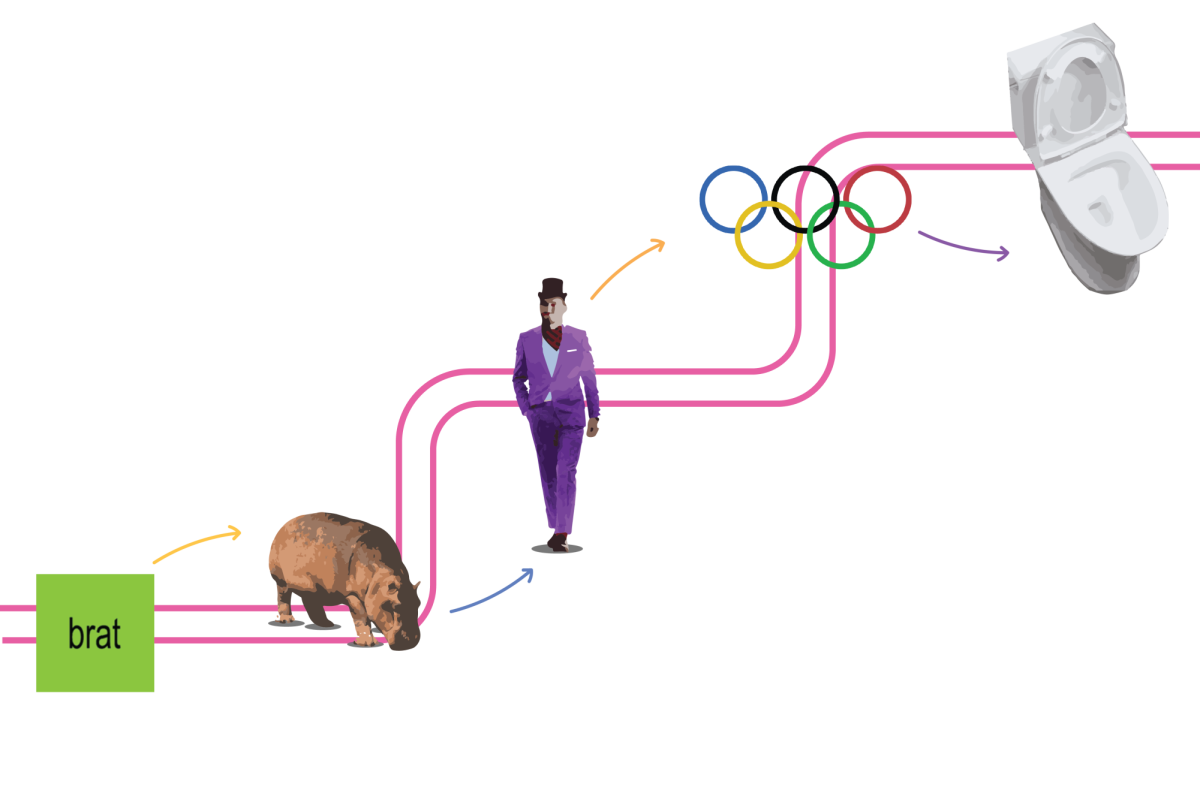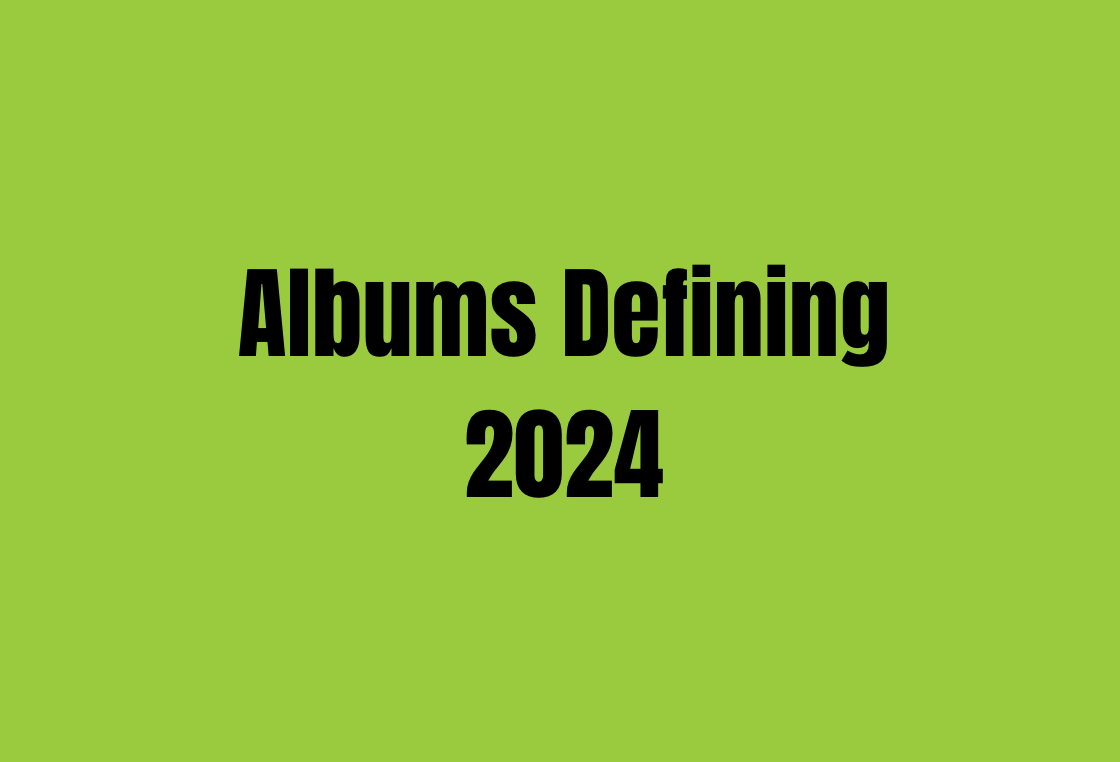As the end of the year 2021 approaches and the atmosphere becomes colder, many people are looking forward to having a “normal” Christmas holiday after COVID restricted social gatherings during this traditional event last year. Spending during this season is extremely common, with Americans planning to spend roughly $998 on gifts, food, and decorations on winter holidays in 2020 according to the National Retail Federation (NRF).
Christmas holds a special place for many Americans, as it’s not just a religious holiday, but a time of celebration during the winter season. Science teacher Carrie Lopez explains that this special day brings families together, fosters connections between members, creates a joyful atmosphere, and carries on traditions from the previous generation. However, she shares a unique reason on why she spends more on this particular holiday.
“I think why I tend to spend more money on it [Christmas] is because as a kid … my parents didn’t have a lot of money … we celebrated Christmas, but it wasn’t lots of lavish things,” Lopez said. “But now, it’s nice because I can actually buy that for my kids.”
Seventh grader Campbell Alch also mentions how her family goes all out for this special holiday.
“Most people have one big Christmas tree in a main spot of their house. My mom has twelve, so we have one in a lot of the rooms,” Alch said.
Presents are undeniably the most famous and well-known tradition during the holiday season. Items such as the latest electronic device, clothing, greeting cards, and even sweets are some of the more commonly bought gifts, despite the large amount of money they add up to cost.
“I spend a lot of money on hallmark ornaments,” Lopez said. “Each ornament itself is between fifteen to twenty dollars.”
Similarly, Alch mentions that the amount of money that goes into the holiday is surprisingly large.
“It’s definitely a lot. It’s probably in the thousands cause my mom likes to buy a lot of ornaments and they’re expensive,” Alch said.
Since 2000, holiday sales have typically increased by 3.4% on average according to the NRF. Another statistic from Gallup indicated that while the Great Recession (2007-2009) prompted a decrease in Christmas spending plans, those figures have started going up until 2020, in which Americans planned to spend on average $837 on Christmas gifts compared to $942 in 2019.
Fortunately, this minor setback is temporary. With COVID cases decreasing little by little, people are starting to attend more social gatherings, and Christmas is no exception. Lopez states that her family travels almost every Christmas, but hasn’t been able to last year.
“I would say that a lot of people probably are spending less on travel because people aren’t travelling as much, at least for covid, but now that numbers are going down they might start spending more,” Lopez said.
It is very likely that the Christmas spending trend will increase even further, as vaccines are being administered to almost all ages and the number of new COVID cases has slowed down. Additionally, the NRF stated that the 2021 holiday spending could “shatter previous records.” This means that the year 2021 may harbor the largest Christmas spending of all times compared to the past. NRF Chief Economist Jack Kleinhenz emphasizes this increasing trend.
“The unusual and beneficial position we find ourselves in is that households have increased spending vigorously throughout most of 2021 and remain with plenty of holiday purchasing power,” Kleinhenz said. “If retailers can keep merchandise on the shelves and merchandise arrives before Christmas, it could be a stellar holiday sales season.”




